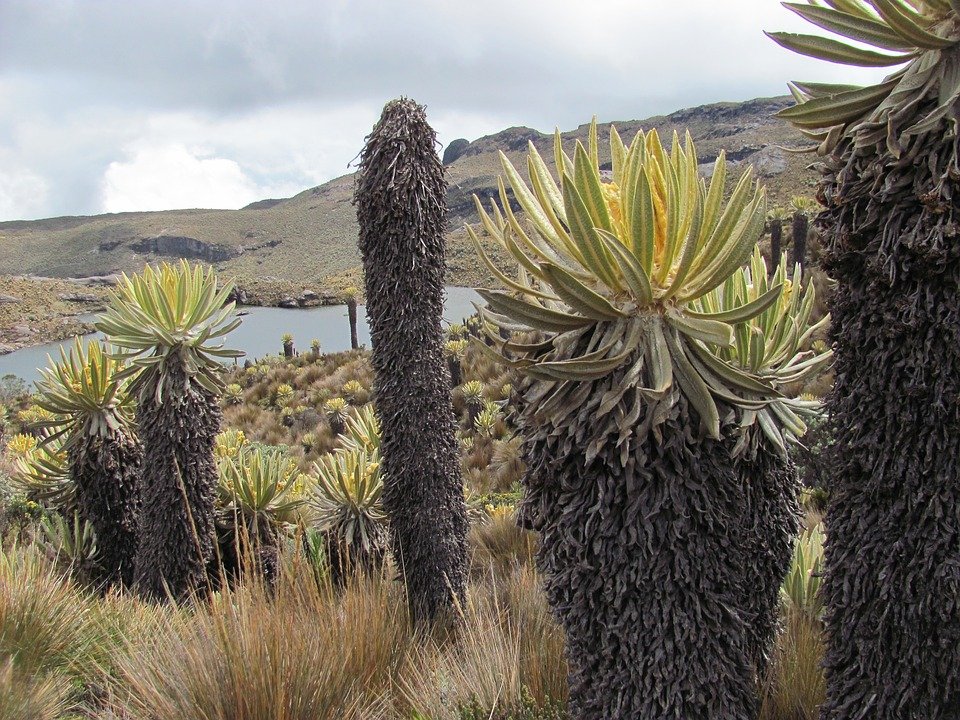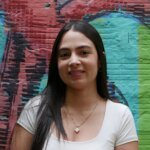The paramo ecosytem (from the Spanish páramo, “plateau, moor”) is a neotropical high-altitude biotope found in the Andes Mountains between 3,000 and 4,000 meters above sea level.
This ecosystem plays a key role in water production and distribution, capturing moisture from fog and rain to create streams, rivers and lakes.
More than half of the world’s paramos are found in Colombia, and over 60% of the water consumed in the country comes directly from them.
The frailejon, also known as the “mountain sponge” because of its ability to retain water, is a fragile plant that grows between 1 and 2.5 centimeters per year: it can take up to 100 years to reach its adult size!
The expansion of agricultural land, mining and climate change pose a threat to these fragile ecosystems.
Because of its fragility and the demanding conditions required for its growth, it seemed impossible to grow this plant in a nursery in order to replant it in the paramo ecosystem.
Thanks to the hard work and passion of Moises Moreno, it is now possible. He succeeded in breeding what he affectionately calls its “baby frailejones” and launched a project Adopta un frailejon (“adopt a frailejon“). The aim of his association is to replant the paramo de la Oceta (near Mongui) in order to preserve this fabulous ecosystem.
Where can I visit a paramo?
Chingaza: accessible from Bogotá, Chingaza National Park can be explored on a day trip.
Mongui (Boyaca): paramo La Oceta can be explored on a day trek.
Coffee region: the Los Nevados Park offers several hiking trails (one-day or multi-day).
Cocuy: for the more adventurous looking for a multi-day trek.
South of Colombia: in the heart of Purace National Park.

















